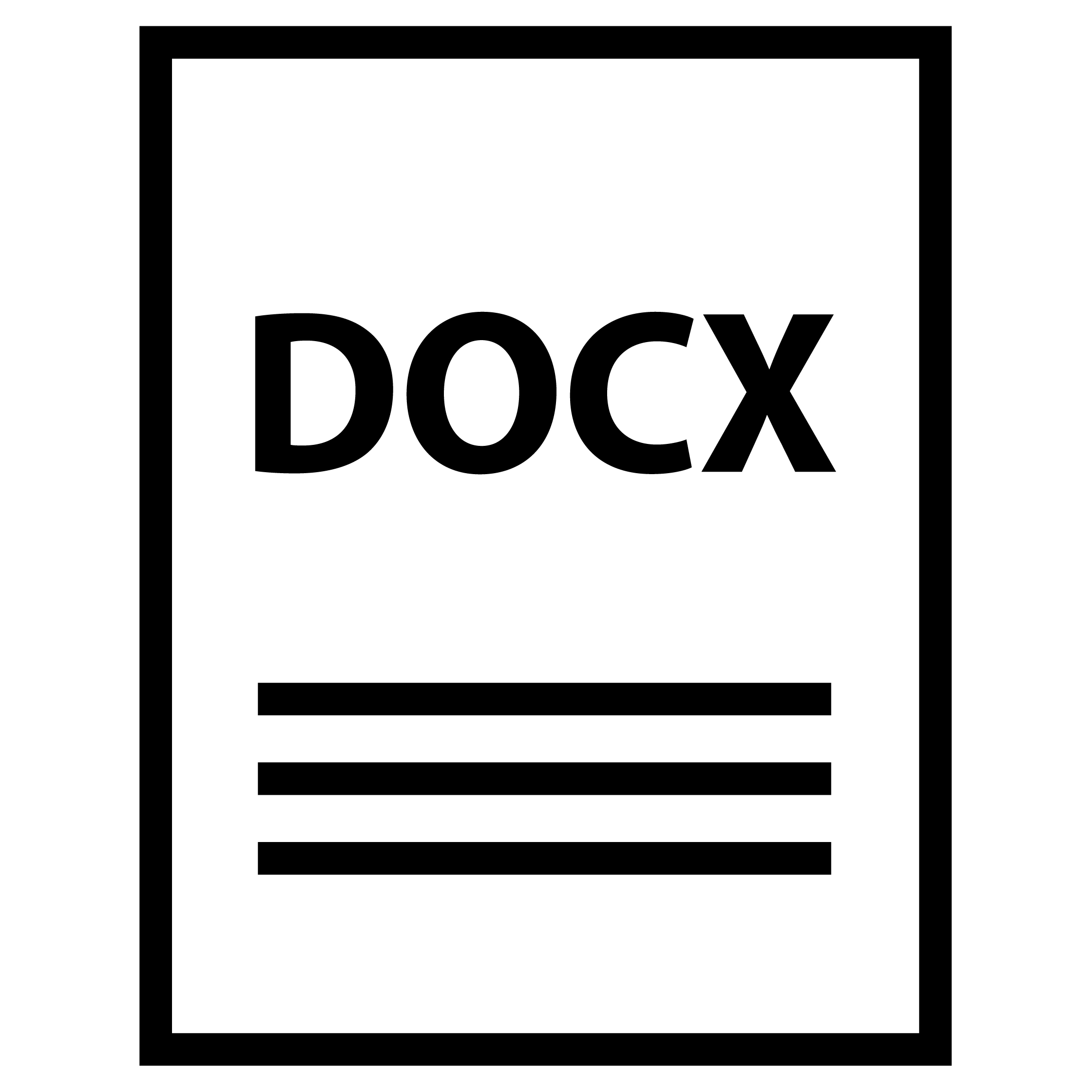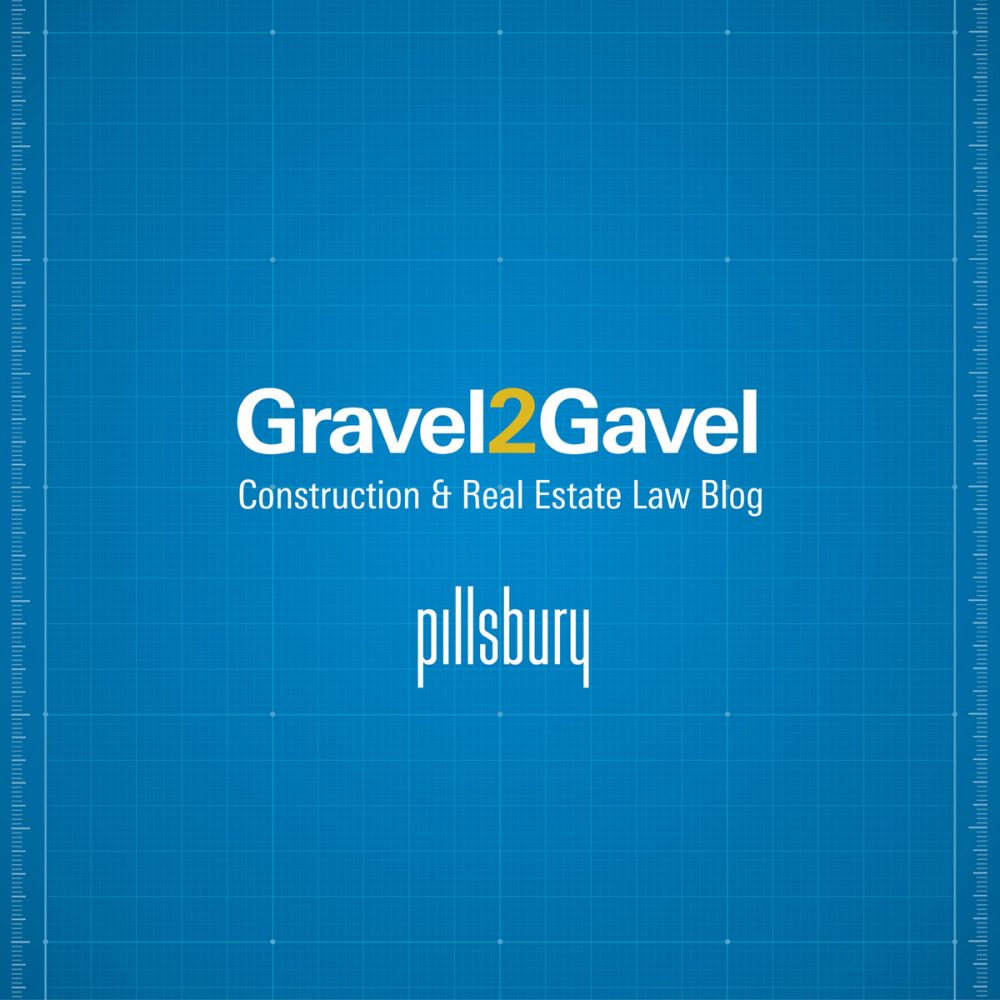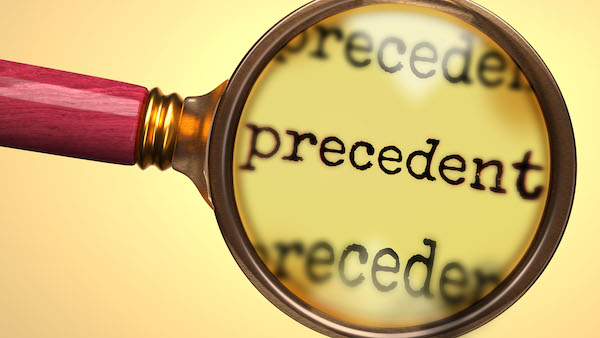Further Extension of Non-DOCX Filing Fee Date Highlights USPTO’s Lack of Compliance with Paperwork Reduction Act
“Although DOCX fees are currently set to go into effect next January, multiple extensions to that deadline as well as the indefinite extension to the PDF filing option indicate that this issue and related uncertainties for practitioners continue well into 2024.”
Today, the U.S. Patent and Trademark (USPTO) published a pair of documents in the Federal Register regarding due dates on new document formatting requirements for patent applications filed with the Office. The USPTO’s decision to delay the implementation of new filing fees for non-DOCX patent applications highlights issues that the agency has had in complying with the terms of the Paperwork Reduction Act by failing to properly represent to the Office of Management and Budget the burden that the USPTO’s proposed rule changes will have on agency stakeholders.
Non-DOCX Fees Delayed, Temporary PDF Option Extended Indefinitely
The first of the USPTO’s two Federal Register notices today announced that the agency had decided to delay the effective date of a new filing fee to be codified at 37 CFR § 1.16(u) for original patent applications filed in formats that do not conform to the agency’s DOCX formatting requirements. That fee, first announced in a final rule published by the USPTO in August 2020, had been scheduled to become effective as of June 30 of this year. The new final rule published by the USPTO pushes back the fee’s effective date another six months to January 17, 2024.
The second Federal Register notice published today announced an indefinite extension to the temporary option of filing PDF copies of patent applications along with DOCX-formatted versions. The elimination of the previously temporary option to submit PDF documentation was also originally scheduled for June 30 prior to today’s notice. This option was created to facilitate the agency’s transition to DOCX-only format by allowing applicants to file PDF backups that could be used to correct any discrepancies in DOCX filings.
The non-DOCX format filing fee goes back to the USPTO’s notice of proposed rulemaking (NPRM) published in July 2019 regarding agency fee adjustments for the 2020 fiscal year. At that time, the agency proposed a $400 filing fee surcharge for most entities ($200 small entity; $100 micro entity) for non-DOCX patent application submissions. The transition to DOCX-only filings was expected to increase USPTO efficiencies by reducing system conversion errors and enable automated initial reviews of patent applications filed in structured text format. The agency’s July 2019 NPRM cited an agency survey showing that 80 percent of applicants draft patent applications in DOCX format during the normal course of business. The USPTO’s final rule from August 2020 set an effective date of October 2020 to begin collecting the non-DOCX filing fee.
Public Comments Required to Address Burdens of New Filing Fees on Patent Applicants
In part, today’s announced delay to the implementation of the non-DOCX filing fee aims to give the USPTO an opportunity to conduct notice-and-comment proceedings on the impact of the new fee as required by the Paperwork Reduction Act (PRA). Today’s notice indicates that another Federal Register entry by the agency will announce this public comment period to determine the fee’s impact on nonprovisional utility applications and continuing applications.
The USPTO’s issues with PRA compliance while pursuing implementation of the new non-DOCX filing fee has been noted in public comments filed since the agency’s July 2019 announcement of the new fee. A comment filed by 73 patent practitioners with the USPTO in September 2019 noted that both the non-DOCX filing fee and the agency’s proposed continuing legal education (CLE) discount to practitioner fees had not undergone the public comment proceedings necessary under the PRA to understand the burdens of the agency’s proposed changes on agency stakeholders. Last November, the USPTO published a final interim rule eliminating the proposed voluntary CLE program following such criticisms.
Part of the problematic nature of the USPTO’s decision to impose fees for non-DOCX filings, according to the comment from 73 patent practitioners, is that the issues cited for instituting the change to DOCX filings are created by the agency itself:
“There is a much better way to solve the problems the PTO identifies in the NPRM. Applicants upload most of their submissions as text-based PDFs. Then the PTO’s computer systems degrade them to flatten them to unstructured bitmaps. The problem is caused by the PTO.” – Comment by 73 Patent Practitioners
Among the potential burdens created by the non-DOCX filing fees, according to the patent practitioners, include increased recordkeeping requirements for editable DOCX documents and difficulties in creating patent diagrams in DOCX formats. The patent practitioners’ comment also notes that the USPTO’s survey figures in the NPRM are uncited and that many of the agency’s stated reasons for transitioning to DOCX-formatted submissions are also achievable with text-based PDF documents.
Historic Issues with PRA Compliance at USPTO Presage Continued Uncertainty
This is not the first time that USPTO rulemaking has run afoul of requirements under the PRA, and past issues have stopped the agency in its tracks before. In November 2010, the USPTO issued an NPRM rescinding earlier proposed rule changes to ex parte appeals after patent practitioners noted that the agency falsely represented that the rule changes would create no new financial burden on industry.
“The submission of patent applications in DOCX format facilitates the USPTO’s ongoing efforts” in “support[ing] robust and reliable patent rights” along with speeding patent issuance and reducing costs of patent protection, according to today’s USPTO notice on the temporary PDF filing option. Although DOCX fees are currently set to go into effect next January, multiple extensions to that deadline as well as the indefinite extension to the PDF filing option indicate that this issue and related uncertainties for practitioners continue well into 2024.
Image Source: Deposit Photos
Image ID: 47516766
Author: AlfredoCreates
Steve Brachmann
Steve Brachmann is a graduate of the University at Buffalo School of Law, having earned his Juris Doctor in May 2022 and served as the President of the Intellectual Property […see more]







